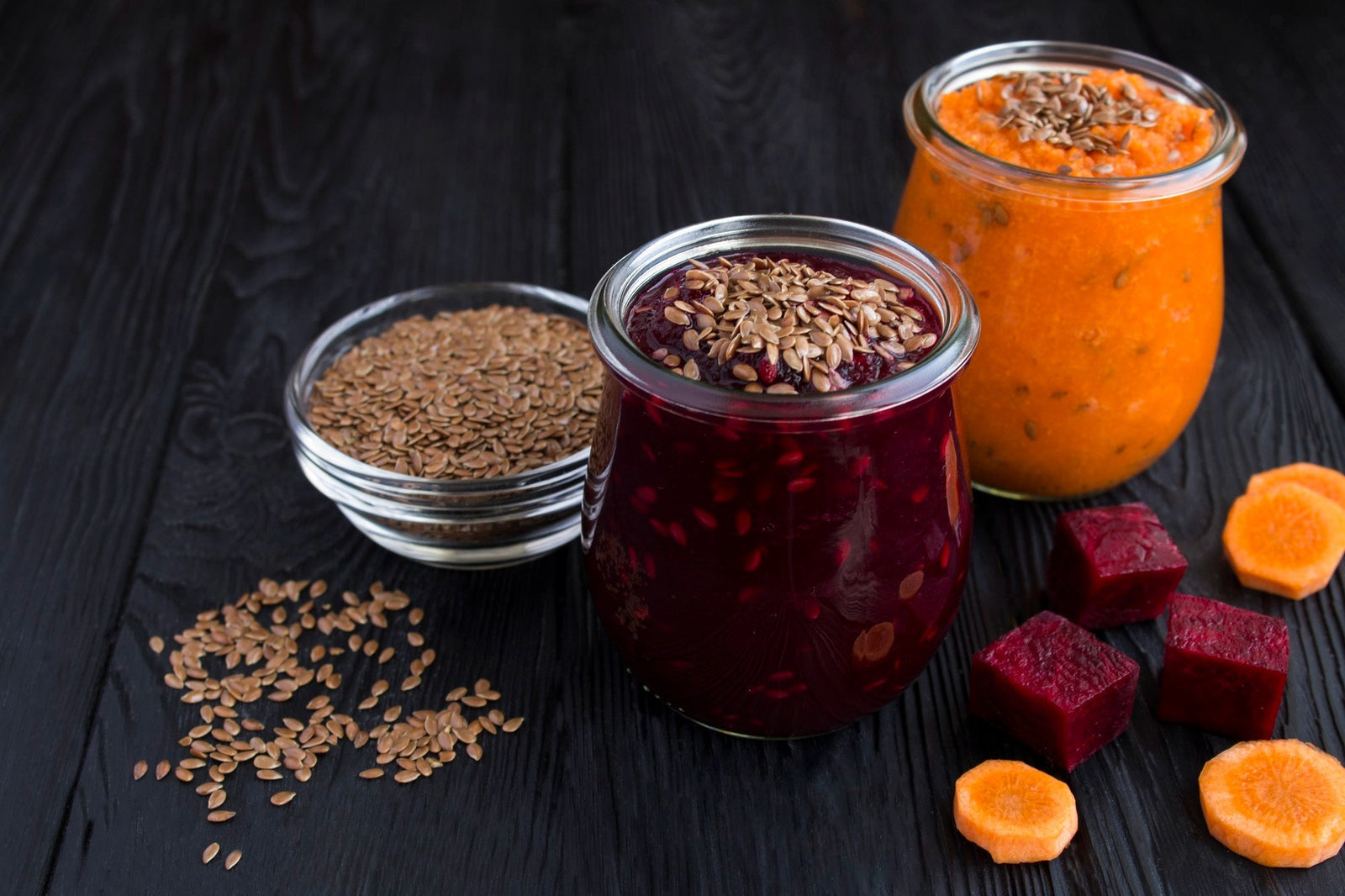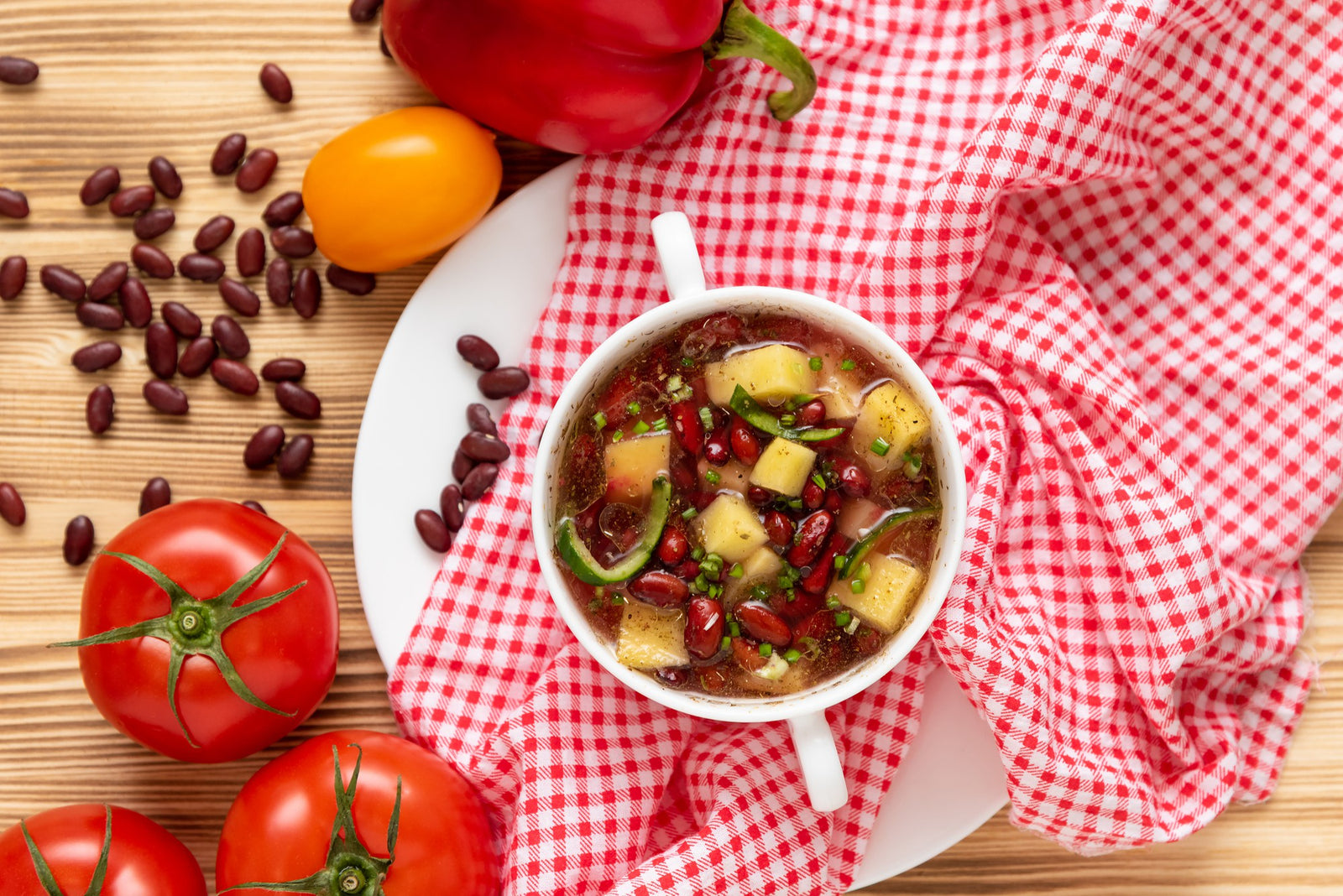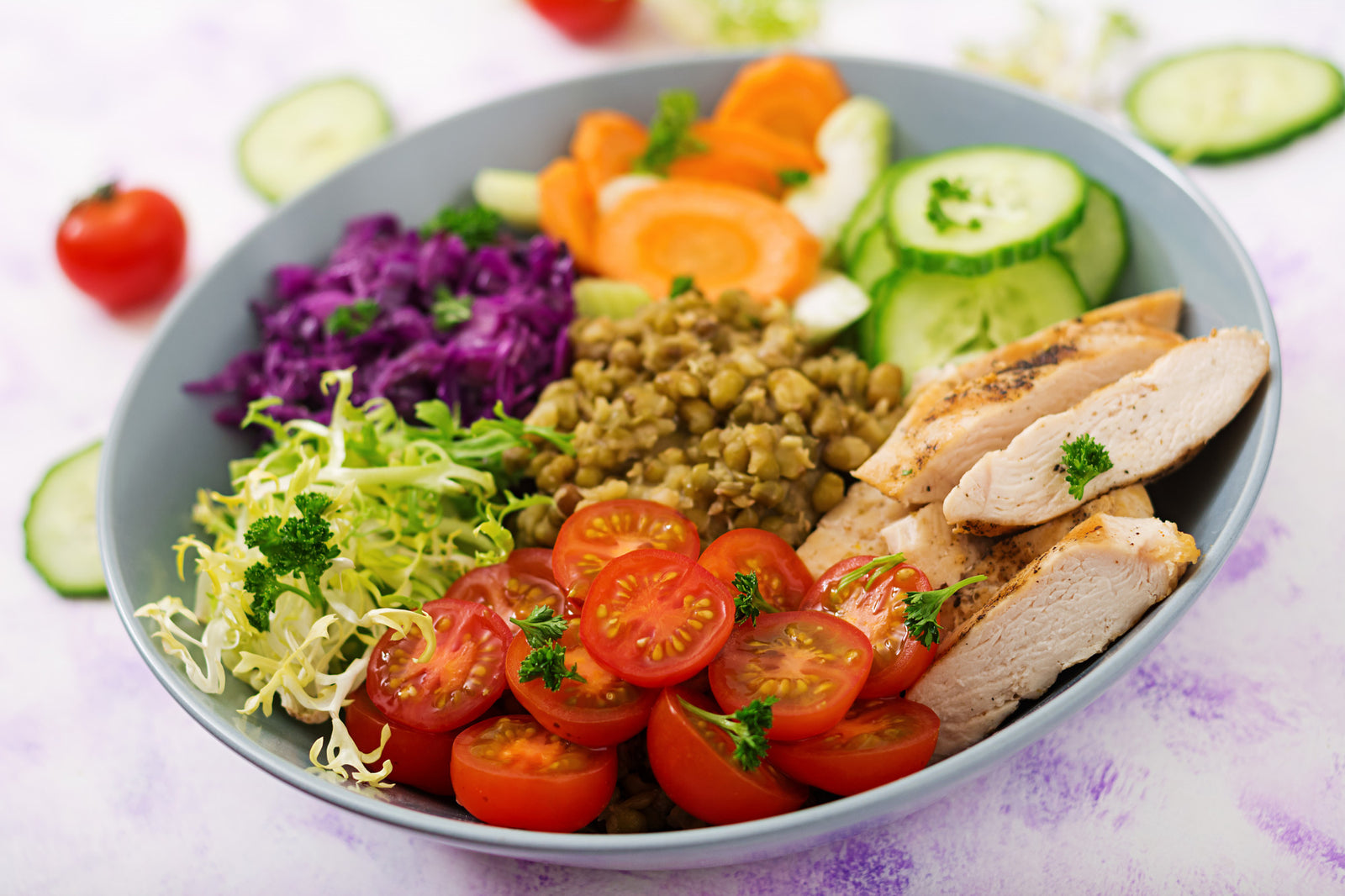
July 13, 2021 3 min read
Basmati rice is a unique species of rice that originates from the Indian subcontinent. And just like all other varieties of rice, basmati rice is also available as either white or brown rice. Basmati Rice is a long-grain rice type, known for its fragrant aroma and elongated grain after the cooking process. The elongation feature allows basmati rice grains to stay separated and fluffed after the cooking process.
 Other varieties of rice typically do not share this specific cooking feature giving basmati rice a distinct advantage over other rice varieties making it a favorite for certain types of rice dishes. When cooking basmati rice, it needs to be soaked for at least half an hour to allow the grains to absorb water so that they cook evenly without breaking.
Other varieties of rice typically do not share this specific cooking feature giving basmati rice a distinct advantage over other rice varieties making it a favorite for certain types of rice dishes. When cooking basmati rice, it needs to be soaked for at least half an hour to allow the grains to absorb water so that they cook evenly without breaking.
When comparing basmati rice with other species of rice, the following may be mentioned, each with its own distinct features:
Long grain rice
 Long grain varieties of rice like basmati contain less starch so that the cooked grains appear drier and separated. Long grain varieties often feature in pilafs or are served with dishes having a lot of sauce. Long grain rice has a lower glycemic index than short-grain varieties. Of all the long-grain varieties, basmati rice features the lowest glycemic rating of all.
Long grain varieties of rice like basmati contain less starch so that the cooked grains appear drier and separated. Long grain varieties often feature in pilafs or are served with dishes having a lot of sauce. Long grain rice has a lower glycemic index than short-grain varieties. Of all the long-grain varieties, basmati rice features the lowest glycemic rating of all.
Short grain rice
 Short grain varieties of rice are typically very starchy and cook up to be soft and sticky. Such rice is usually used in culinary concoctions like sushi, risotto or paella.
Short grain varieties of rice are typically very starchy and cook up to be soft and sticky. Such rice is usually used in culinary concoctions like sushi, risotto or paella.
Brown rice
 Brown rice is a whole grain where both the germ and bran parts of the grain have been left intact. As a result, this type of rice yields greater nutrients, more fiber, and a lower glycemic rating. However, there are also concerns about brown rice harboring more anti-nutrients in its husk which neutralizes the effect of many other nutrients contained in the rice. Brown rice may also not be the best type of rice to be tolerated by individuals with digestive issues as it can be hard to digest properly.
Brown rice is a whole grain where both the germ and bran parts of the grain have been left intact. As a result, this type of rice yields greater nutrients, more fiber, and a lower glycemic rating. However, there are also concerns about brown rice harboring more anti-nutrients in its husk which neutralizes the effect of many other nutrients contained in the rice. Brown rice may also not be the best type of rice to be tolerated by individuals with digestive issues as it can be hard to digest properly.
Brown rice is available in both long and short grains and is a lot chewier and heartier than white rice varieties. It also takes longer to cook.
White rice
 White rice varieties are those where the outer husks have been removed from the rice, revealing the white grains inside. White rice varieties are easier to cook and digest than their brown rice counterparts and are used more widely as well. White rice is a well-tolerated grain by many whereas brown rice may be difficult to digest by people with gut issues.
White rice varieties are those where the outer husks have been removed from the rice, revealing the white grains inside. White rice varieties are easier to cook and digest than their brown rice counterparts and are used more widely as well. White rice is a well-tolerated grain by many whereas brown rice may be difficult to digest by people with gut issues.
Jasmine rice
 A variety of the long grain type, jasmine rice has a distinct fragrance when cooked with a soft sticky texture. When compared with basmati rice, the grain appears to be shorter and thicker. This rice variety originates from Thailand and is commonly used in Southeast Asian cooking. It is typically cooked by steaming or the absorption method where the rice is cooked in a measured amount of water which is fully absorbed by the rice.
A variety of the long grain type, jasmine rice has a distinct fragrance when cooked with a soft sticky texture. When compared with basmati rice, the grain appears to be shorter and thicker. This rice variety originates from Thailand and is commonly used in Southeast Asian cooking. It is typically cooked by steaming or the absorption method where the rice is cooked in a measured amount of water which is fully absorbed by the rice.
Arborio rice
 Arborio is a short-grain rice that is used for making dishes like risotto. The grains are small polished kernels that develop a creamy consistency when cooked. Arborio grains feature a characteristic white dot at the center of the grain and during cooking, the rice develops a creamy texture around a chewy center.
Arborio is a short-grain rice that is used for making dishes like risotto. The grains are small polished kernels that develop a creamy consistency when cooked. Arborio grains feature a characteristic white dot at the center of the grain and during cooking, the rice develops a creamy texture around a chewy center.
Wild rice
 A more nutritious kind of rice, wild rice has a chewy outer sheath with a tender grain inside that has slightly vegetal taste. When compared to brown rice, wild rice has a higher protein and lower carbohydrate content. This also means that it has a significantly lower glycemic rating. One of its salient nutritional features is that wild rice boasts decent sources of omega 3s with a great omega 3: omega 6 ratio.
A more nutritious kind of rice, wild rice has a chewy outer sheath with a tender grain inside that has slightly vegetal taste. When compared to brown rice, wild rice has a higher protein and lower carbohydrate content. This also means that it has a significantly lower glycemic rating. One of its salient nutritional features is that wild rice boasts decent sources of omega 3s with a great omega 3: omega 6 ratio.

❤ Try our USDA certified Organic Brown Basmati Rice ❤
Recipes:
Thanks for reading this Be Still Farms Blog article. To sign up for more news/articles and/or recipes, click here. For more about us, click here. To shop our certified organic products, click here.
Please comment and share and we look forward to serving you in the future!
Comments will be approved before showing up.

January 27, 2025 3 min read
Flaxseed, the tiny yet powerful superfood, is packed with nutrients that can support weight loss. From curbing hunger to stabilizing blood sugar, this guide dives into the science of how flaxseed can help you shed those extra pounds.

December 11, 2024 3 min read
Discover three quick and easy soup recipes featuring organic small red beans. From a classic vegetable soup to a creamy potato blend, these wholesome recipes are perfect for chilly days and busy weeknights. Packed with flavor and nutrition, these soups will warm your heart and soul this winter!

December 06, 2024 3 min read
This vibrant and nutritious Green Lentil Salad combines tender lentils with grilled chicken, fresh vegetables, and a zesty lemon dressing. Packed with protein, fiber, and essential vitamins, it’s the perfect healthy meal for any time of day.
© 2025 Be Still Farms- Real, Fine Organics.
Privacy | Terms | Refund Policy | Organic Certification
